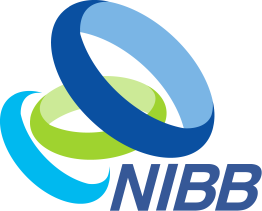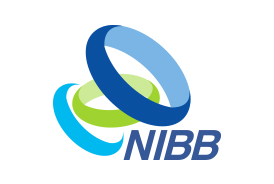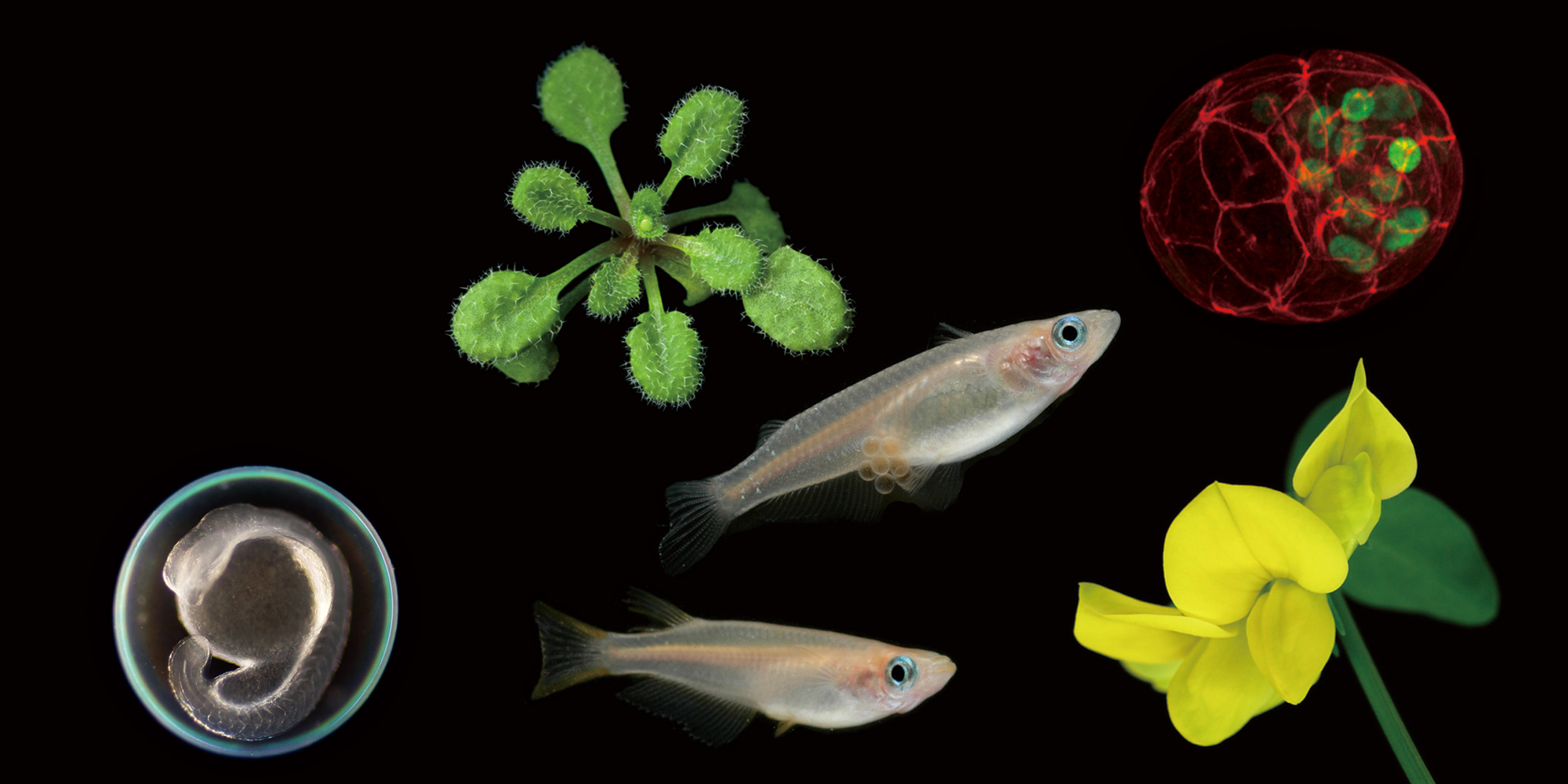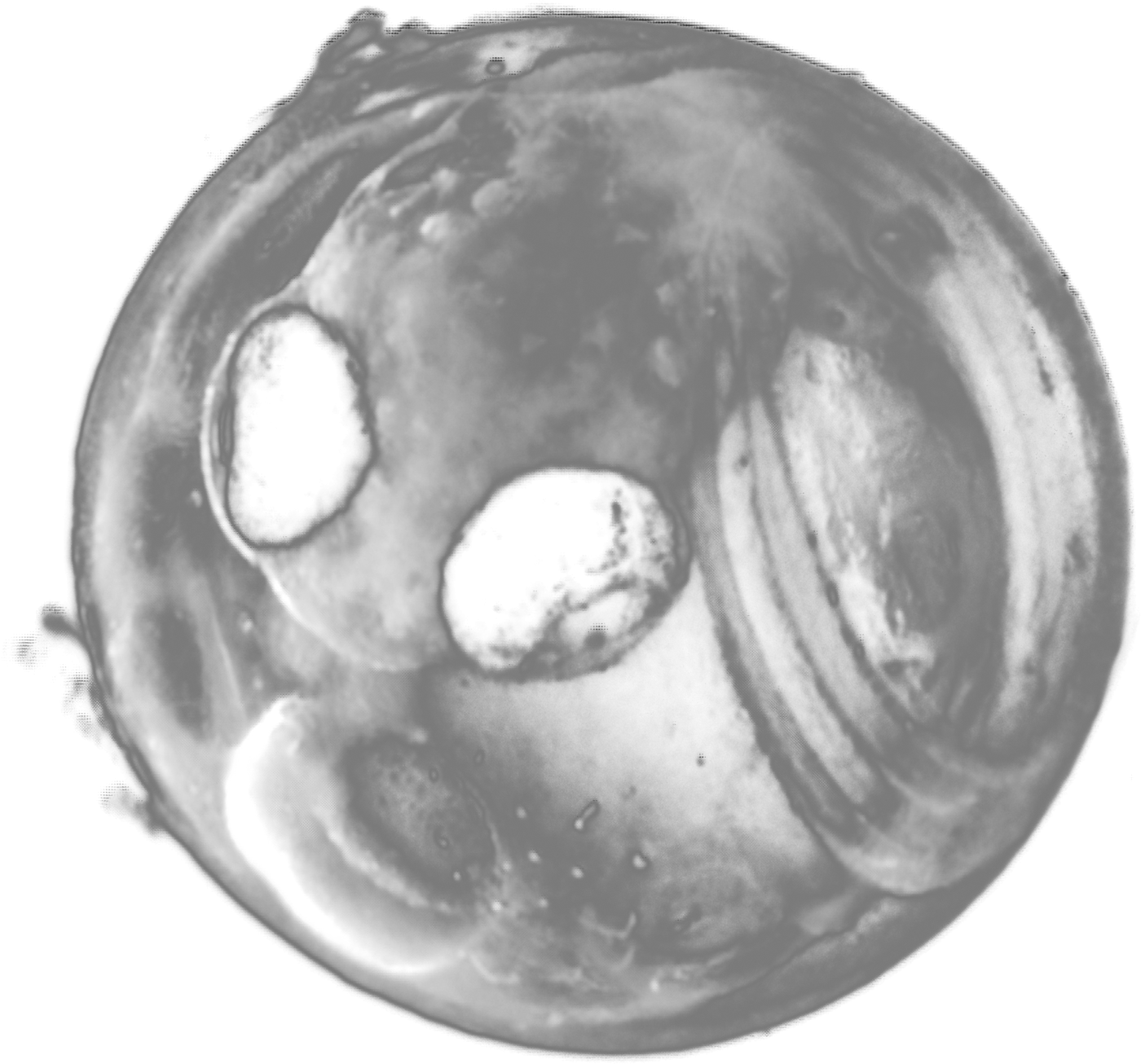2007.09.25 部門公開セミナー
An international effort to save the Oriental White-backed vulture
Vinny Naidoo (Department of Paraclinical Sciences, Faculty of Veterinary Sciences, University of Pretoria, South Africa)
2007年09月25日(火) 17:00 より 18:30 まで
山手地区3号館9階セミナー室A
分子環境生物学研究部門 井口 泰泉 内線5235
The following presentation will focus on the veterinary and pharmacological aspects on an international effort to save the Asian White Back Vulture for Extinction: Three species of vultures endemic to South Asia are on the brink of extinction in India, Pakistan and Nepal. Although the devastation was first noticed in the early 1990s, it was not until 2004 that the vulture deaths were linked to the use of diclofenac, a cattle pain killer, via pure exposure to residues in their food. With the population’s catastrophic declines, the species was listed in the IUCN as critically endangered. To protect the remaining birds, three strategies were proposed, 1) establishment of a captive breeding colony to guard against total species extinction, 2) ban the use of diclofenac and 3) develop an in vitro model to screen other veterinary drugs for their toxic effects. The first goal was purely conservation based and was managed by the Royal Society for the Protection of Birds in various cities throughout India.
The second first goal was considered the most important as the species could not be rescued by selected captive breeding alone. More importantly the Indian government refused to ban diclofenac due to its importance in cattle, a holy animal, until a suitable alternate was found i.e. effective in the cattle and vulture friendly. From an extensive survey meloxicam was selected as the candidate molecule. To establish the safety of meloxicam a one year, open ended, continuous, dose-ascending, single dose toxicity study was undertaken across three countries.
To meet goal three, the mechanism of toxicity needed to be described. To facilitate this two common species, the house crow and the domestic chicken were selectively exposed to diclofenac to establish the toxic profiles in these species. With only the chicken demonstrating identical clinical signs of toxicity, clinical pathological, pathological and histopathological changes it was selected for further in vitro toxicity studies. To establish the mechanism of toxicity chicken assays were subsequently used. Three theories were tested based on the pathogneumonic changes of toxicity 1) tissue organ baths were used to ascertain the influence on the vascular blood supply, 2) isolated renal tubular epithelial cells in a primary culture were used to determine the direct toxicity effect while 3) artificial renal tubules were used to study the influence on transcellular urate transport. In all cases the assays were optimised to mimic the in vivo pharmacokinetics of each molecule tested, which was also extensively
determined.
At this stage in the project, meloxicam has been conclusively established as a vulture friendly drug with the result that the veterinary use of the product has been completely banned on the Asian subcontinent. Using the surrogate models, the mechanism of toxicity has also been recently elucidated.







